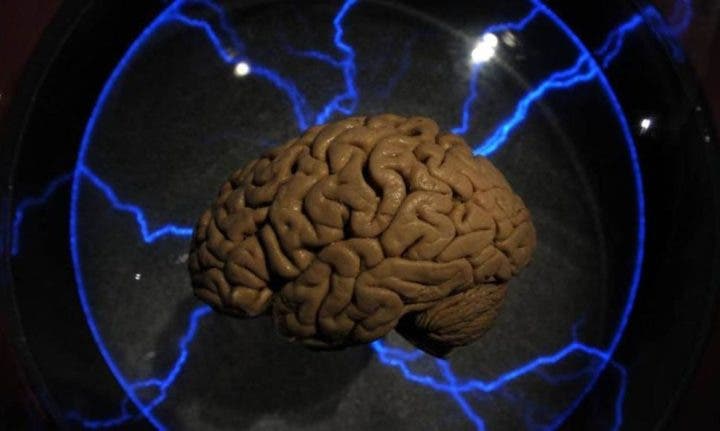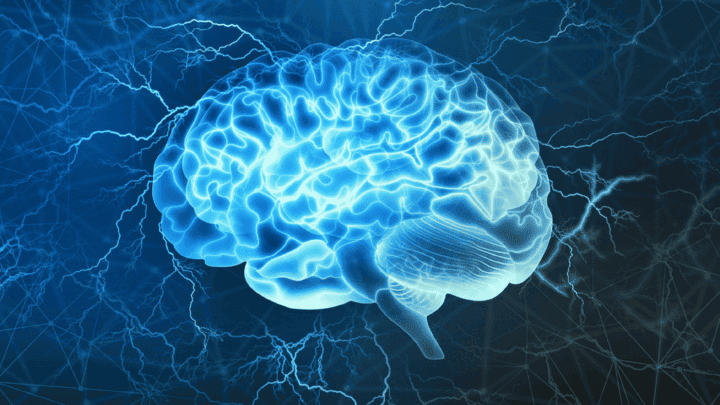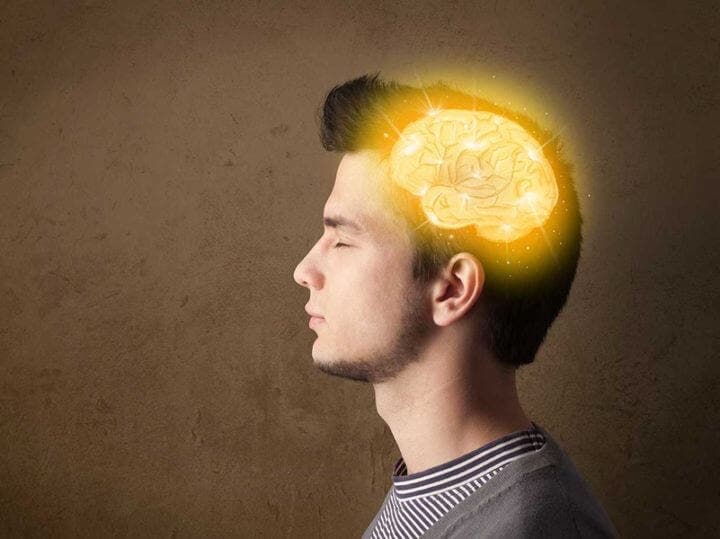To learn about the world, any animal needs to do more than just pay attention to its surroundings: it also needs to know which sights, sounds, and sensations in its environment are most important, and to monitor how the importance of those details changes over time. However, how humans and other animals track down those details remains a mystery. However, recently, biologists at Stanford University have reported that they believe they have discovered how animals classify these details of basic perception (Zhu et al. 2018)
There is a region of the brain called the paraventricular thalamus , or PVT that serves as a kind of gatekeeper, making sure that the brain identifies and tracks the salient details of a situation.
Although the research is limited to mice for now, the results could one day help researchers better understand how humans learn or even help treat drug addiction.

How does the brain decide what to learn?
In its most basic form, learning comes down to feedback between stimuli . For example, if you have a headache and you take a medication, the most logical thing is to hope that the pain goes away. If it happens this way, you will most likely take that medication the next time you have a headache. But, if you are wrong, you will try something else until the stimulus is satisfied.
Similarly, psychologists and neuroscientists have studied this aspect of learning extensively and even traced it to specific parts of the brain that process feedback and drive learning. Still, that picture of learning is incomplete.
Even in relatively simple laboratory experiments, not to mention life in the real world, humans and other animals need to figure out what to learn from , (based on curiosity) essentially what is feedback and what is noise. However, despite that need, this is an issue to which psychologists and neuroscientists have not paid as much attention.

Study on how the brain learns
The scientists taught the mice to associate particular smells with good and bad results. One smell indicated that a sip of water was coming, while another indicated that the mouse was about to receive a puff of air on its face. Later, the researchers replaced the puff of air with a mild electric shock, something that would presumably require a bit more attention. Next, the team found that neurons in the PVT tracked that change.
Now, during the air inhalation phase, two-thirds of the PVT neurons responded to both odors, while an additional 30% were activated only by the odor of the water signaling. That is, during this phase, the PVT responded to both good and bad results, but there was a greater response to good ones. During the electric discharge phase: however, the scale changed; almost all PVT neurons responded to shock, while approximately three-quarters responded to both good and bad results.
A similar change occurred when the mice filled with water. And, now that water mattered less to the mice, the PVT was less sensitive to water and more sensitive to air inhalations, which means that it became more sensitive to bad results and less to good ones.
Taken together, the results showed that the PVT tracks what was most important at the time: the good result when it outweighs the bad, and vice versa.

How to control learning
The results of this study point to several broader conclusions, according to the scientists. Perhaps most importantly, other researchers now have a place to look, and examine: the PVT. In this way, when they want to study this phenomenon they will be able to pay attention to the different details, how it affects and what the animals learn.
In this sense, neuroscientists now also have a new way of controlling learning . In fact, in additional experiments with mice genetically engineered so that the team could monitor PVT activity with light, the researchers found that they could inhibit or enhance learning; for example, they could more quickly teach mice that one odor was no longer reliably signaled, or that another odor had changed from signaling water to signaling flush.
Finally, the results could point to new ways of modulating learning . At the moment, in mice, by stimulating or suppressing PVT activity, as appropriate. They also point, in the long term, to ways to help treat drug addiction , by helping addicts unlearn the association between taking a drug and the euphoria that follows.

Reference
- Zhu, Y., Nachtrab, G., Piper, K., Allen, W., Luo, L., Chen, X. (2018). Dynamic salience processing in paraventricular thalamus gates associative learning. Science Article . doi: 10.1126 / science.aat0481